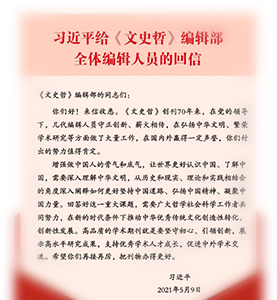传统国家近代转型的开端:张居正改革新论 万 明
张居正改革是中国历史上的重大改革之一。改革以世界连成一个整体的全球化开端为历史大背景,与全球市场的初步形成,白银货币形成世界货币,即经济全球化有着密切的联系。改革是一个过程,不是一个事件,改革源自市场的萌发,以长达一个半世纪的赋役改革作为前期准备;改革没有推行一条鞭法的全国法令,《万历会计录》和《清丈条例》是改革迄今遗存的两部重要文献;改革的核心是财政,改革重建的新财政体系,是从以实物为主向以白银货币为主的财政体系的全面转型,是中国二千年财政体系的根本转型,也标志了史无前例的中国传统国家向近代国家的转型。历史并非如既往所认识的,张居正改革人亡而政息了,相对王安石变法而言,张居正改革是成功的。
The Beginning of the Modernization of a Traditional Country: a New Discussion of the Reformation of Zhang Juzheng Wan Ming
The reformation of Zhang Juzheng is one of the most important reformations in Chinese history. The reformation took place in the context of the beginning of globalization which connected the world into a whole, and was closely linked with the initial formation of world market, as well as the silver currency becoming the world currency, i.e. the economic globalization. The reformation was a process but not an event. It stemmed from the germination of market, with the reformation on taxes and corvee over one century and a half as preparation; it did not pursue the national decree of single tax in silver (yitiaobian fa), and left two important legacies of Fiscal Notes in the Reign of Wanli and Regulations on Land Measurement. The core of the reformation was finance, aiming at constructing new financial system, which meant comprehensive transformation from dominated by material to by silver currency. That marked the fundamental transformation of Chinese financial system for over two thousand years, as well as the unprecedented transformation of China from a traditional country to a modern country. It is not the case as people used to deem that Zhang Juzheng’s measures ceased after his death; his reformation was successful relative to the one of Wang Anshi.


